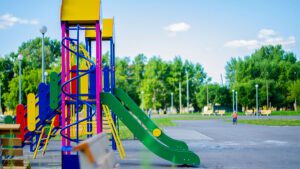Playgrounds have long been a cornerstone of childhood, offering spaces for fun, learning, and social interaction. Over the decades, the design and functionality of playground equipment have evolved significantly. This transformation reflects a growing understanding of child development, safety standards, and the importance of inclusivity. Let’s delve into the journey from the playgrounds of yesteryear to the innovative play spaces of today.
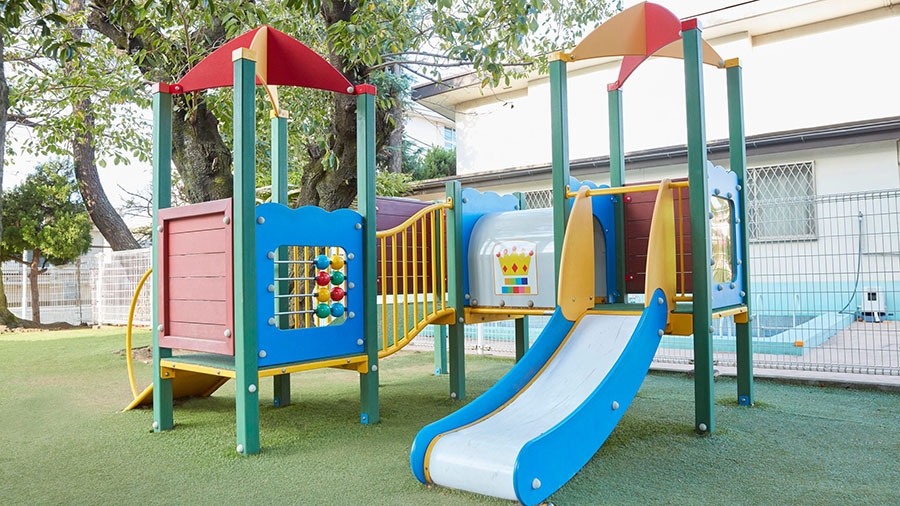
A Glimpse into the Past: Traditional Playground Equipment
Metal Slides and Monkey Bars
In the mid-20th century, playgrounds were characterized by towering metal slides, monkey bars, and merry-go-rounds. These structures, often made of steel, were designed for durability but lacked considerations for safety and accessibility. For instance, metal slides could become dangerously hot under the sun, posing burn risks to children.
Risk and Resilience
While these playgrounds offered thrilling experiences, they also came with higher injury risks. The absence of soft surfacing meant that falls could lead to serious injuries. However, these environments also fostered resilience and physical strength among children, as they navigated the challenges presented by the equipment.
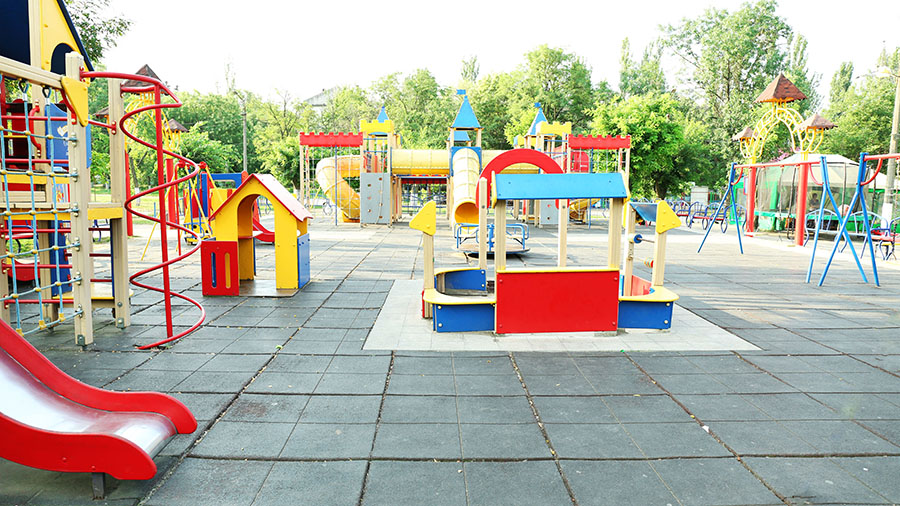
The Shift Towards Safety and Inclusivity
Implementation of Safety Standards
The late 20th century saw a paradigm shift in playground design, emphasizing child safety. Regulatory bodies introduced standards to minimize injury risks. Key changes included:
- Surfacing: Introduction of impact-absorbing materials like rubber mats and engineered wood fiber to cushion falls.
- Equipment Design: Rounded edges, lower heights, and protective barriers became standard to prevent accidents.
- Regular Inspections: Routine checks and maintenance protocols were established to ensure equipment safety.
Embracing Inclusivity
Modern playgrounds aim to be inclusive, ensuring children of all abilities can play together. Features promoting inclusivity include:
- Accessible Routes: Ramps and wide pathways accommodate wheelchairs and strollers.
- Sensory Play Elements: Equipment that engages various senses benefits children with sensory processing disorders.
- Adaptive Swings and Seats: Designed for children with physical disabilities to enjoy swinging safely.
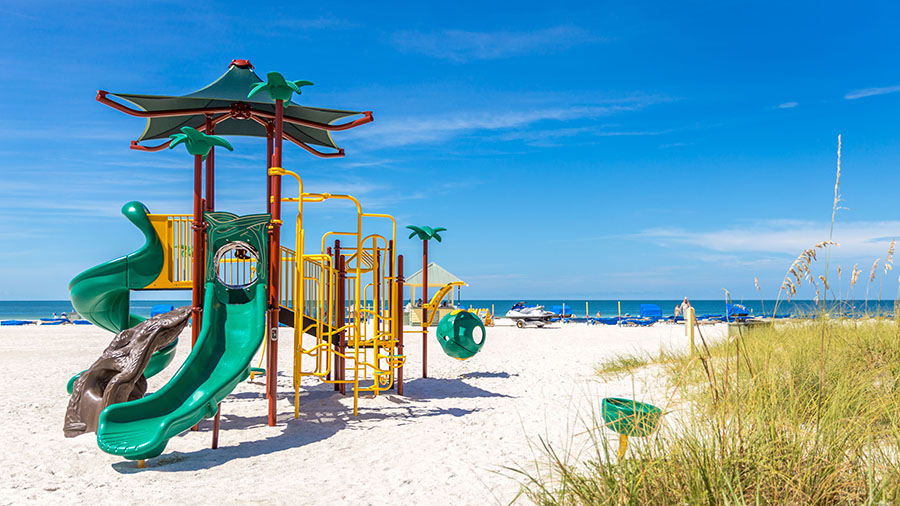
Innovations in Modern Playground Design
Nature-Inspired Play Areas
Contemporary playgrounds often incorporate natural elements, creating environments that encourage exploration and creativity. These designs may include:
- Natural Materials: Use of wood and stone to blend with the environment.
- Landscape Integration: Incorporating trees, hills, and water features into the play area.
- Adventure Elements: Features like rope bridges and climbing walls that mimic natural challenges.
Technological Advancements
The integration of technology has introduced interactive elements to playgrounds:
- Digital Play Panels: Interactive screens offering educational games.
- Augmented Reality (AR): Enhancing play experiences by overlaying digital information onto the physical environment.
- Smart Playgrounds: Equipment that tracks usage patterns to inform maintenance and design improvements.
Community-Centric Designs
Modern playgrounds are designed to serve as community hubs:
- Multigenerational Spaces: Areas where people of all ages can engage in physical activity.
- Cultural Themes: Designs reflecting local heritage and culture.
- Community Involvement: Engaging local residents in the design and maintenance of playgrounds fosters a sense of ownership and pride.
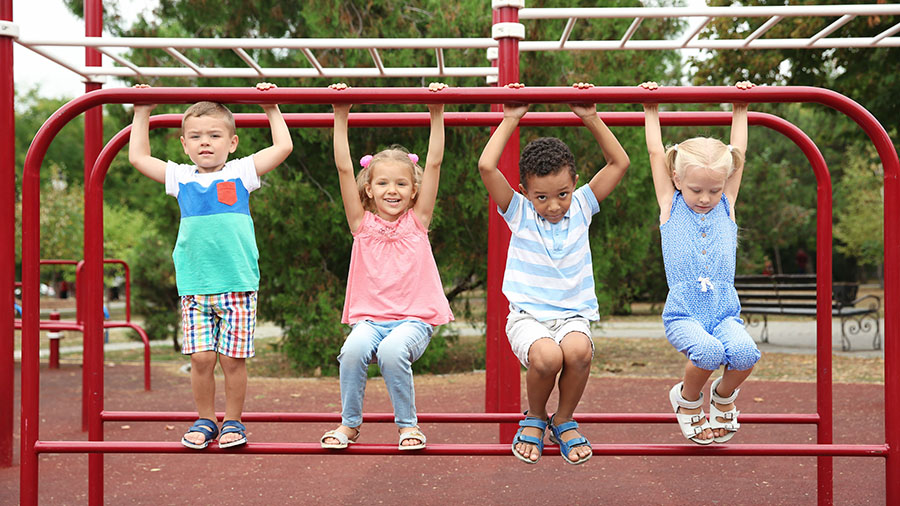
The Economic and Social Impact of Modern Playgrounds
Investing in modern, inclusive playgrounds yields numerous benefits:
- Economic Growth: Attractive play areas can boost local businesses by drawing families to the area.
- Social Cohesion: Inclusive playgrounds promote interaction among diverse groups, strengthening community bonds.
- Health Benefits: Encouraging physical activity helps combat childhood obesity and promotes overall well-being.
Conclusion
The transformation of playground equipment reflects broader societal shifts towards safety, inclusivity, and innovation. While nostalgic memories of old playgrounds linger, modern designs offer enhanced experiences that cater to diverse needs. As communities continue to invest in play spaces, the focus remains on creating environments where every child can thrive.

